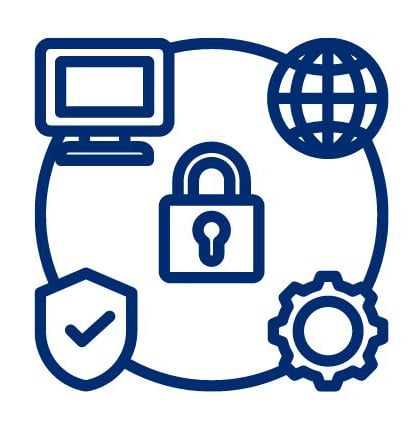Extreme events, including natural and human-made disasters such as weather events, pandemics, conflict, and cyber-physical attacks, put extra stress on critical infrastructure that can impact systems’ ability to make trusted decisions during uncertain times.
Supported by a Challenge Grant from the Institute for Assured Autonomy, a team led by I-Jeng Wang, a research scientist at the John Hopkins University Applied Physics Laboratory, and Angie Liu, assistant professor of computer science at the Whiting School of Engineering, is investigating how to ensure that cities and their critical infrastructures are resilient when under threat extreme events such as natural and man-made disasters.
These Challenge Grants aim to support interdisciplinary research teams in developing ideas for high-impact projects that focus on the existential challenges of assured autonomy, positioning them to pursue opportunities for external funding.
Wang and Liu provide insight into their work by answering the following questions.
1. Briefly summarize the key focus and goals of your research through your IAA Challenge Grant. What prompted your team to take on this particular area of study?
In this project, we aim to bring together expertise across disciplines to identify and articulate challenges to create a response framework prototype under imminent threats by integrating predictive modeling to create resilient socio-physical infrastructure. We decided to pursue this topic because extreme events like natural (climate, pandemics, etc.) and human-made (bioterrorism, cyber-physical attacks, conflict, etc.) disasters impose a grand challenge to our infrastructure, whose robustness and resilience have profound societal impacts.
2. Describe some of the challenges associated with doing work on this topic, and how your team is addressing them.
Currently, we face important safety and reliability issues when using AI to help make decisions about our infrastructure’s vital systems. One challenge is the risk of emergent catastrophic failures resulting from complex and dynamic interactions across both social and physical infrastructures. Another challenge lies with the difficulty characterizing, quantifying, and communicating uncertainty from diverse sources that must nonetheless inform robust and risk-aware decisions. Finally, the third challenge is to figure out how to make good choices on a large scale, even when things are uncertain. That requires us to balance different goals that might conflict, long- and short-term. We are bringing together expertise across relevant disciplines to focus on a seedling project about decision making in hospital systems that covers all the mentioned aspects. We will build a digital twin model for hospital systems based on real data and develop an uncertainty-aware multi-objective optimization and decision-making pipeline.
3. How will your team’s work impact the field of assurance and autonomy? What are the next steps in this work?
The proposed project will both bring together the required expertise and lay the technical foundation for pursuing major funding to establish a multidisciplinary Center on Trusted and Assured Autonomy for Resilient Infrastructure in Extreme Events. This center will aim to achieve major research breakthroughs in assured autonomy that address challenges inherent to providing resilient infrastructure. Our next step is to finish our technical solution and obtain preliminary work for pursuing larger funding opportunities.
